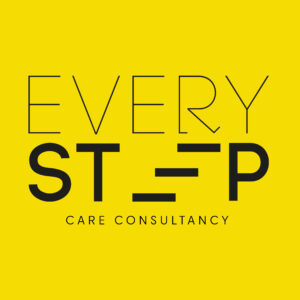NHS England’s accessible information standard describes how NHS and adult social care services should identify, record, flag, share, meet and review people’s information and communication needs.
The standard has been updated to introduce a new step – reviewing needs. This is to check how organisations make sure people’s information and communication needs are kept up to date in their records and systems.
It also introduces a new self-assessment framework, developed with feedback from pilot sites to help organisations monitor compliance and develop targeted improvement plans.
The refreshed standard reinforces obligations under the Equality Act 2010 while making implementation more practical for organisations of all sizes.
What’s new in the updated standard?
The revised AIS introduces several key changes aimed at strengthening accountability and improving individuals experience:
- A new and sixth, “review” stage requiring NHS and publicly funded adult social care services to proactively check that individuals’ and service users’ needs are up to date in their records and that they are being met. This is in addition to the five stages asking services to identify, record, flag, share, and meet people’s communication needs.
- All health and social care organisations should appoint a senior named role responsible for overseeing the standard is being put into practice.
- Clarifying the role of commissioners, such as Integrated Care Boards (ICBs) and councils, who should ensure that providers in their area follow the standard.
- An expectation on all providers and commissioners to identify an AIS lead responsible for ensuring the standard is met as well as an executive-level role holder with responsibility for the standard in their remit.
- An expectation that all NHS and social care organisations assess how well they are meeting the standard. This can be done through a new NHS provider self-assessment tool and the first assessments should be completed by March 2027.
You can read the full AIS here
You can read how to use the self-assessment framework here. The self-assessment framework helps organisations understand how well they meet standard, judge performance and helps them publish a performance rating and action plans to address gaps in provision.
What providers should already be doing
Even before the 2025 update, care providers have been expected to meet several core requirements under the AIS. These include:
- Identifying Communication Needs – at first contact or as soon as practicable, providers must ask patients if they have any information or communication needs due to a disability or sensory loss.
- Recording Needs Clearly and Consistently – these needs must be recorded in a clear, standardised way in the patient’s records, and flagged so that staff are aware and can act accordingly.
- Sharing Information – when individuals are referred or transferred, their communication needs must be shared with other relevant providers to ensure continuity of care.
- Meeting Needs – providers must ensure that individuals receive information in formats they can understand (e.g., large print, braille, easy read, or via a British Sign Language interpreter).
- Staff Training and Awareness – staff should be trained to understand the AIS and how to support individuals with different communication needs.
These responsibilities are not optional but legal duties under the Equality Act 2010 and are essential for delivering equitable, person-centred care.
CQC Updates:
Off the back of these changes, CQC have revised their website and guidance around Meeting the Accessible Information Standard which can be found here
What’s Steps to take as a provider?
- Begin self-assessments immediately. You can read how to use the self-assessment framework here.
- Work with NHS England to push for mandatory enforcement of the AIS.
- Promote awareness of individuals’ rights under the Equality Act 2010.










I do not even know how I ended up here but I thought this post was great I dont know who you are but definitely youre going to a famous blogger if you arent already Cheers